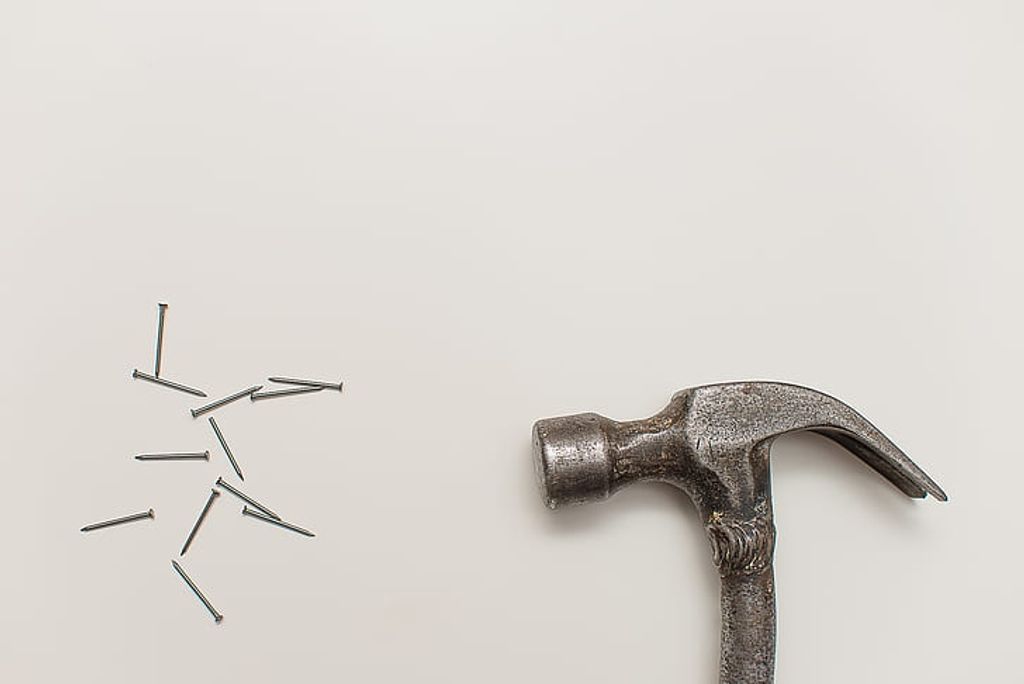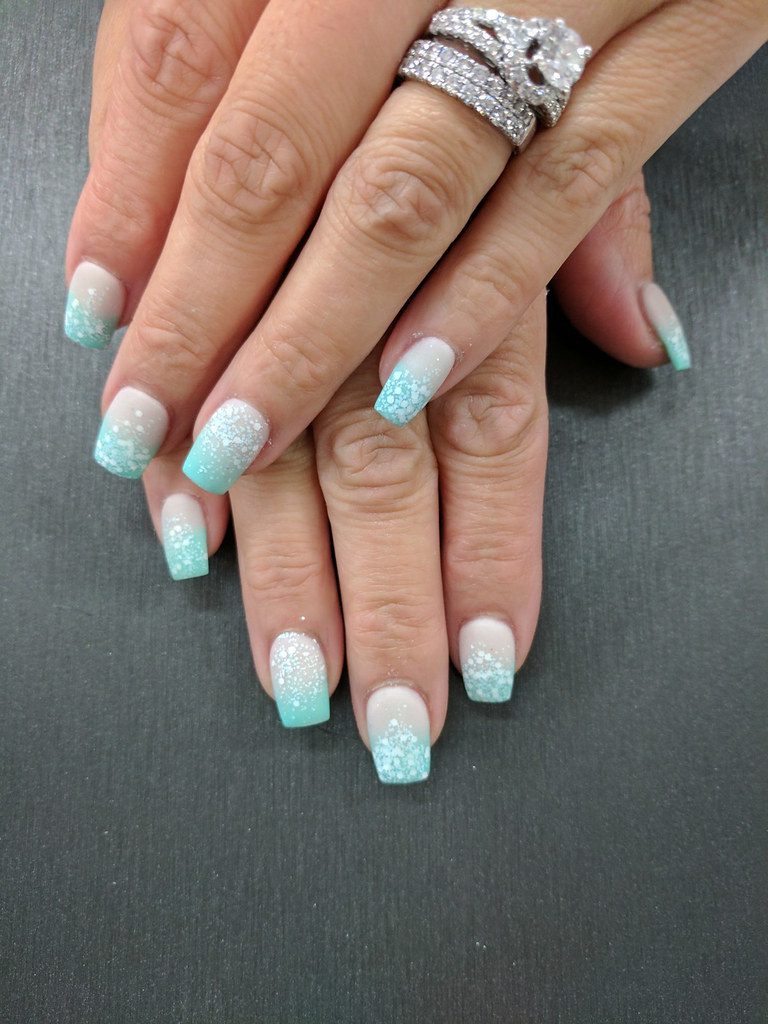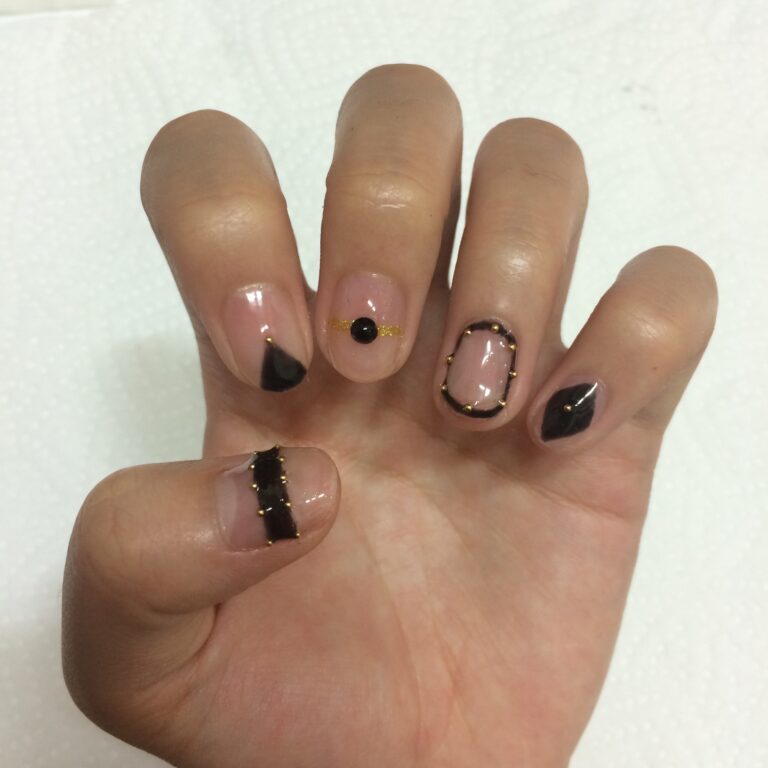“From Concept to Reality: Understanding How Nails Work”
Nails are a fundamental part of construction and carpentry, playing a crucial role in holding structures together. Understanding the anatomy and functionality of nails, as well as the factors affecting their performance, is essential for ensuring the success of any project. In this article, we will delve into the composition of nails, their functionality, and the various factors that influence their performance.
Key Takeaways
- Understanding the composition of nails is important for assessing their strength and durability.
- Each component of a nail, including the head, shank, and point, serves a specific purpose in its functionality.
- Nails work by creating friction and resistance as they are driven into materials, providing stability and support.
- Nails behave differently in various environments, such as dry, wet, or corrosive conditions, impacting their longevity and performance.
- Moisture and temperature levels significantly affect the performance of nails, leading to expansion, contraction, and potential rusting.
The Anatomy of a Nail

Understanding the Composition
The common nail is a marvel of simplicity and efficiency in design. At its core, a nail consists of a shank, the long, smooth part that penetrates materials to hold them together. The shank ends in a pointed tip, which facilitates easy insertion into the workpiece. At the other end, the head of the nail provides a surface for the hammer to strike and also prevents the nail from being driven too deep into the material.
Nails are typically made from steel, though other materials such as aluminum, brass, and copper are also used for specific applications. The composition of a nail is crucial as it determines the nail’s strength, flexibility, and resistance to corrosion.
Tip: When selecting nails for a project, consider the material’s properties to ensure optimal performance and longevity.
The following list outlines the primary components of a nail and their functions:
- Shank: The main body of the nail, responsible for penetration and holding power.
- Head: The top part of the nail, designed to be struck by a hammer.
- Point: The tapered end of the nail, which helps to minimize splitting when the nail is driven into material.
- Finish: The coating or treatment applied to the nail’s surface to enhance its properties, such as rust resistance.
The Role of Each Component
In the intricate world of nail design and care, each component of a nail plays a vital role in its overall functionality and aesthetic appeal. The nail plate, the hard and translucent part of the nail, provides a protective layer and is the most visible component. It’s supported by the nail bed, a layer of skin underneath that supplies nutrients and anchors the nail plate.
The cuticle acts as a seal between the nail plate and the surrounding skin, protecting against infection. The nail matrix, located at the base of the nail under the cuticle, is where new nail cells are generated. As these cells grow, they push older cells forward, causing the nail to grow in length.
Tip: Regular maintenance of each nail component is essential for healthy nail growth and preventing common nail problems.
Understanding the role of each component is crucial for anyone interested in nail care, whether for personal grooming or professional aesthetics. By recognizing the importance of each part, one can better address nail health and create stunning nail art that lasts.
Nail Functionality

How Nails Work
Nails are fundamental in various construction and carpentry tasks, serving as fasteners that join materials together. The working principle of a nail is relatively straightforward: when driven into a material, the friction between the nail’s surface and the material’s fibers creates a strong bond that resists pulling forces. This is known as withdrawal resistance, and it’s a critical aspect of a nail’s functionality.
The effectiveness of a nail is also determined by its design. For instance, the shank, which is the long, slender part of the nail, can be smooth, ringed, or spiraled to enhance grip. Additionally, the point of the nail is tapered to allow for easier penetration into the work material without causing excessive splitting.
Tip: To maximize the holding power of a nail, it’s important to choose the right type and size for the specific application and to drive it in at the correct angle.
Understanding the dynamics of how nails work can help in selecting the right nail for the job. Here’s a simple list to consider when choosing nails for your project:
- Material type (wood, concrete, etc.)
- The thickness of the materials being joined
- Environmental conditions (indoor or outdoor)
- Load requirements (shear and tensile forces)
- Aesthetic considerations (head visibility)
Nails in Different Environments
Nails are not only a canvas for artistic expression but also a reflection of one’s environment. In arid climates, for example, nails may become brittle and require additional moisture to maintain their integrity. Conversely, in humid conditions, nails can absorb excess moisture, leading to softness and a lack of durability.
The type of nail treatment or enhancement also plays a crucial role in how nails perform in various environments. For instance, gel manicures are known for their long-lasting qualities and may be more suitable for individuals frequently exposed to water or moisture. On the other hand, acrylic nails might be preferred in dry conditions for their robust structure.
Tip: Regularly applying a nail hardener can help reinforce nail strength, especially when transitioning between different environments.
Understanding the interplay between nail health and environmental factors is essential for choosing the right nail care regimen:
Factors Affecting Nail Performance

Moisture and Temperature
The performance of nails is significantly influenced by moisture and temperature, two environmental factors that can affect both the physical properties of the nail and the integrity of the connection it forms. For instance, high humidity levels can lead to corrosion, especially in metal nails, while extreme temperatures can cause materials to expand or contract, potentially compromising the nail’s grip.
Moisture can be particularly detrimental to wooden structures where nails are often used. It can cause wood to swell or warp, which may loosen the nails over time. Conversely, dry conditions can lead to shrinkage, making the nails protrude and weakening the overall structure.
Tip: To ensure optimal performance, consider the environment where the nails will be used and select materials and coatings that are appropriate for those conditions.
Temperature variations also play a crucial role. In cold environments, some metals become brittle and more prone to snapping. On the other hand, heat can soften the nail, reducing its load-bearing capacity. It’s essential to account for these factors when planning construction or repairs.
Nail Size and Shape
At nailinspire.com, we understand the importance of nail size and shape in achieving the desired nail functionality. The shape of the nail can have a significant impact on both the aesthetic appeal and the practicality of the nails. Different nail shapes are suitable for various occasions and preferences, and they can also help to elongate the hands and improve the overall hand appearance. To provide a comprehensive understanding, here’s a table presenting the benefits of different nail shapes:
| Nail Shape | Benefits |
|---|---|
| Square | Classic and practical |
| Round | Simple and versatile |
| Squoval | Balanced and elegant |
| Oval | Sophisticated and timeless |
| Almond | Elongating and stylish |
| Stiletto | Edgy and dramatic |
| Almondetto | Unique and trendy |
| Ballerina | Graceful and eye-catching |
In addition to the nail shape, it’s important to consider the size of the nails and how it complements the overall hand appearance. Understanding the interplay between nail size and shape is crucial for making informed nail choices. As you explore different nail shapes and sizes, keep in mind that the right combination can enhance both the aesthetic and functional aspects of your nails. Remember, informed nail choices lead to confident and stylish nail care.
When it comes to achieving the perfect nail performance, there are several factors to consider. From the quality of the nail products to the technique used, each factor plays a crucial role in the overall outcome. At NAILinspire.com, we understand the importance of nail care and artistry. Our comprehensive online nail art design library provides valuable resources, tutorials, and inspiration to help you elevate your nail game. Whether you’re a professional nail artist or an enthusiast, NAILinspire.com is your go-to destination for all things nails.
Frequently Asked Questions
What is the main component of a nail?
The main component of a nail is keratin, a tough and fibrous protein.
How do nails work?
Nails provide structural support and protection for the tips of our fingers and toes.
Do nails behave differently in various environments?
Yes, nails can react differently in environments with varying moisture levels and temperatures.
How does moisture affect nail performance?
Excessive moisture can lead to nail softening and weakening, while low moisture levels can cause nails to become brittle and prone to breakage.
What role does nail size and shape play in performance?
The size and shape of a nail can affect its ability to provide structural support and withstand different pressures and forces.
Can nails be affected by extreme temperatures?
Extreme temperatures can cause nails to expand or contract, affecting their overall performance and integrity.








